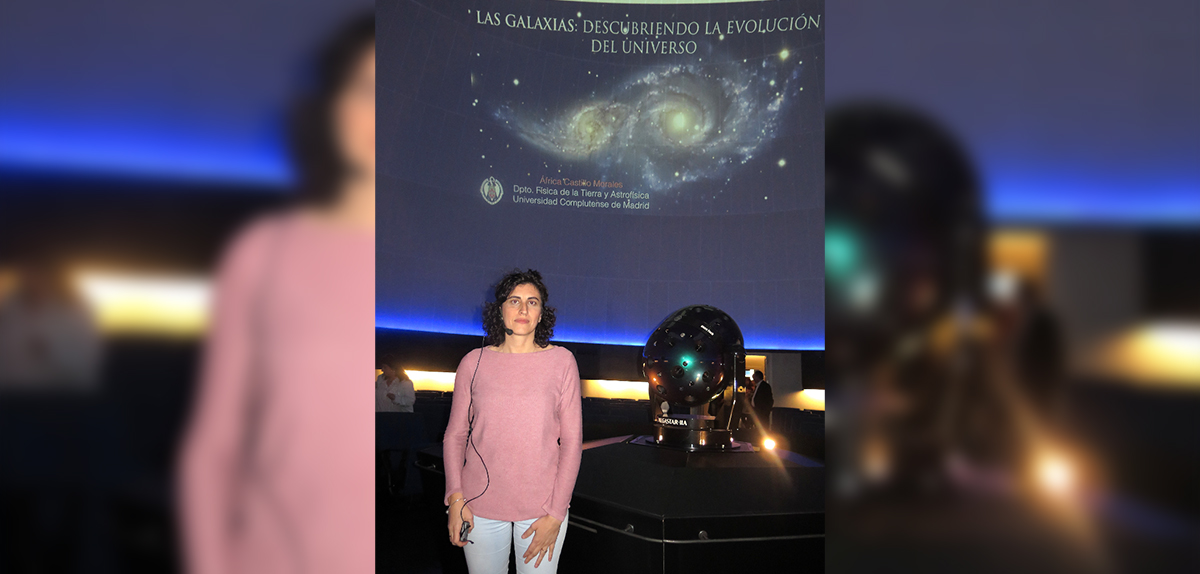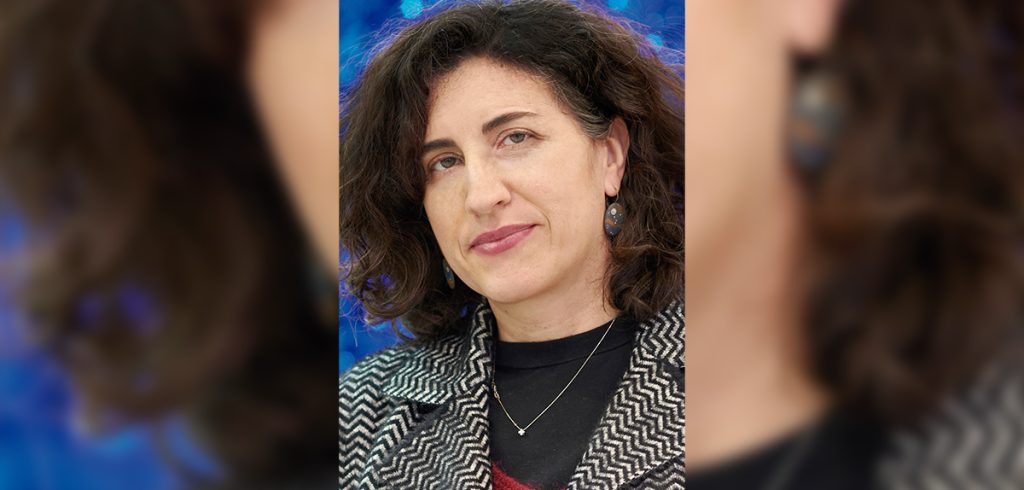The Faculty of Physical Sciences is, since its creation as a Faculty in 1945, a leader in the national landscape when it comes to STEM-oriented degrees, from its initial Bachelor of Physics degree to our current academic offering that includes four STEM-related degrees (Degree in Physics, Dual Degree in Mathematics-Physics, Degree in Electronics and Communications Engineering and Degree in Materials Engineering) plus six official Master’s programs in addition to PhDs in Physics and Astrophysics.
This proven experience in STEM degrees has led us to experience firsthand a sad reality, which has been evident for decades: the gender unbalance in technical education.
At the UCM’s Faculty of Physical Sciences we have enough statistical data to work on an analysis that has allowed us to study the state of affairs, know the evolution in the student ratios and set in motion specific actions. We have focused on the Physics degree, since the higher number of new students means that the statistics are representative, with approximately 250 new students per academic year.
This decreasing trend, while slow, has been sustained in time, which leads us to conclude that, even though over two-thirds of the students are still male, there is an increasing number of women who chose to pursue a Physics Degree. A similar, growing trend has been reported in countries with a great tradition in the study of Physics such as the United Kingdom, where the progression has gone from M/F values of 3.8 in 2012-13 to 3.2 in the 2017-18 academic year. However, when considering the enrollment for Master’s programs, the M/F ratio ranges from 1.7 to 2.3, seeing no variation trend in time.
The same happens with PhD studies, where the M/F ratio is 1.8. This leads us to conclude that for post-graduate Physics Degrees, the gender imbalance trend is not improving.
In regard to the demand for professionals in fields of science, the grade point cut-offs [in Spain, the lowest grade point average of students who gained admission the previous academic year] have experienced a significant growth. In particular, for the Physics program, since its implementation as a standalone program in academic year 2013-2014, this grade has gone from 7.804 to 12.616 this year. This number shows the interest that exists today for this degree. We can therefore understand that, for students who have just completed their university entrance examinations, a degree in physics is highly attractive. However, the big question is why that interest is linked to a gender bias.
With the data available in our center and its evolution through time at the three levels of university education, we believe that we can understand that the actions aimed at publicizing STEM education in high schools and drawing attention to female science role models in schools and institutes are starting to bear fruit. For this reason, it is necessary for subsequent efforts to be also focused on the pre-university population, at other levels of study, as well as on actions in university forums with the purpose of balancing out the Master’s and PhD statistics.
So what we really need are female role models that serve as inspiration for our young students at different stages: during high school education, university education and, of course, at a professional career and company level.
We at the Faculty of Physical Sciences of the Complutense University of Madrid have a responsibility as an academic institution, and have therefore undertaken projects along this line that include outreach activities, specific activities in collaboration with high school education centers for the mentoring of girls and the incorporation of a reflection on equality, diversity and gender in these activities. These actions are truly necessary to pique the interest of our young women in STEM.
We want to ask the companies to, in the same vein, give importance to the efforts that you are already undertaking to balance out your workforce, to break free from the traditional male/female job roles and to fight against the glass roof in positions of responsibility, which we know is starting to fade.
The road that leads us to achieve a balance is undoubtedly slow, but at the same time it is encouraging to see a shallow, yet significant rise in the percentage of women, at least in the physics program. We need to keep maintaining and fostering new active policies that draw attention to the work of women in STEM and, in this regard, we want to ask the companies to work together toward this goal.
We will attain a more egalitarian society when we are successful in incorporating STEM education into the minds and within reach of everyone.






